Varanasi A Spiritual Journey Top Things to Do
Varanasi, one of India’s most revered cities, holds significant religious importance and is considered a sacred destination. The experience of visiting the Ganges River, the Banaras Ghats, and various other ghats is truly memorable. If you’re planning a visit to this spiritual hub, here are some recommendations for the top things to do in Varanasi. Explore this guide to discover more activities and make the most of your trip.
A Boat Ride on the Ganges: A Varanasi Essential
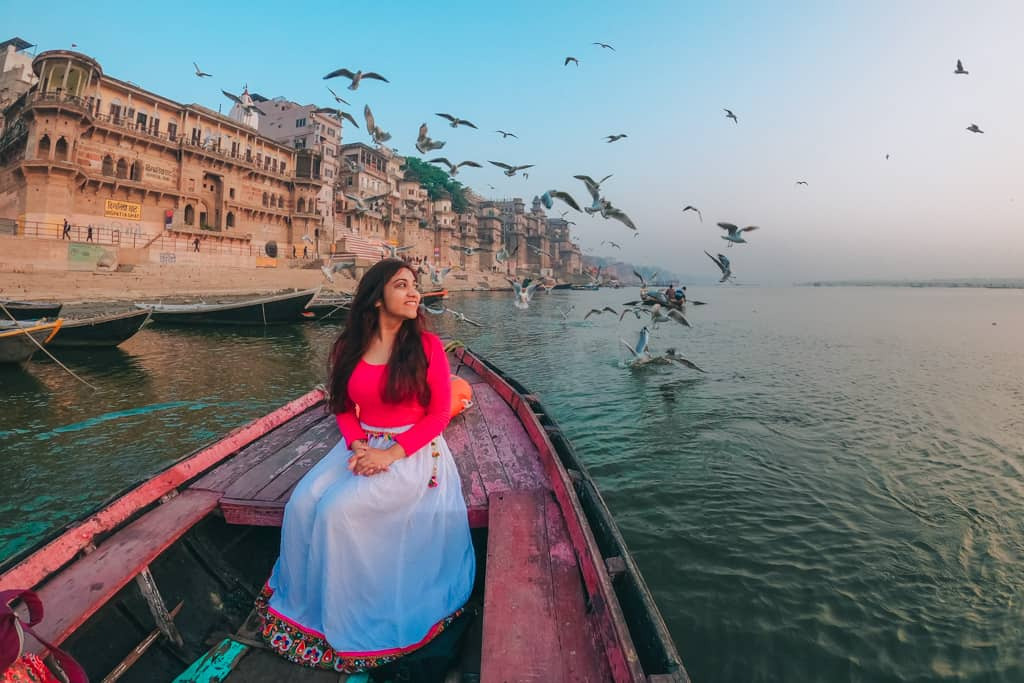
One of the most captivating experiences in Varanasi is undoubtedly a boat ride on the sacred River Ganges. This ancient waterway is the heart and soul of the city, where countless rituals and ceremonies take place daily. As you glide along the river, you'll witness a breathtaking spectacle of ghats, or steps leading down to the water. Each ghat has its own unique significance, from those believed to cure diseases to those associated with spiritual liberation.
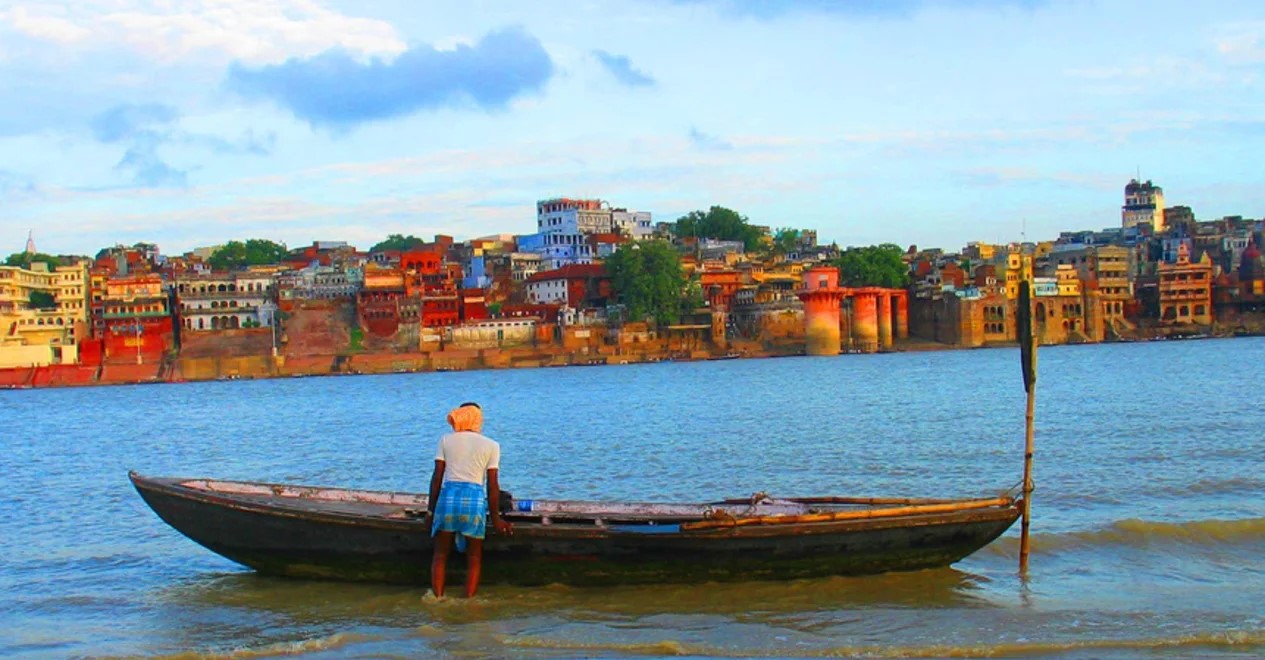
The early morning or late evening hours offer the most serene and atmospheric conditions for a boat ride. As the sun paints the sky in hues of gold and pink, you'll be mesmerized by the sight of devotees performing their ablutions, priests chanting mantras, and the gentle lapping of the river against your boat. It's an experience that will leave you with a sense of peace and tranquility and a deeper appreciation for Varanasi's rich cultural heritage.
A Holy Dip in the Ganges: A Varanasi Tradition

For Hindus, bathing in the River Ganges is a deeply spiritual act and a must-do experience while in Varanasi. It's believed that immersing oneself in the sacred waters can cleanse away sins and pave the way for spiritual liberation. While not everyone may subscribe to these beliefs, a dip in the Ganges can undoubtedly be a refreshing and rejuvenating experience.
With over 84 ghats in Varanasi, finding a less crowded spot for your bath can enhance your experience. The cool, flowing waters can provide a sense of tranquillity and revitalization. Whether you're seeking spiritual purification or simply a moment of peace, a bath in the Ganges is an unforgettable part of any visit to Varanasi.
Unveiling Hindu Mythology: Exploring Varanasi's Temples
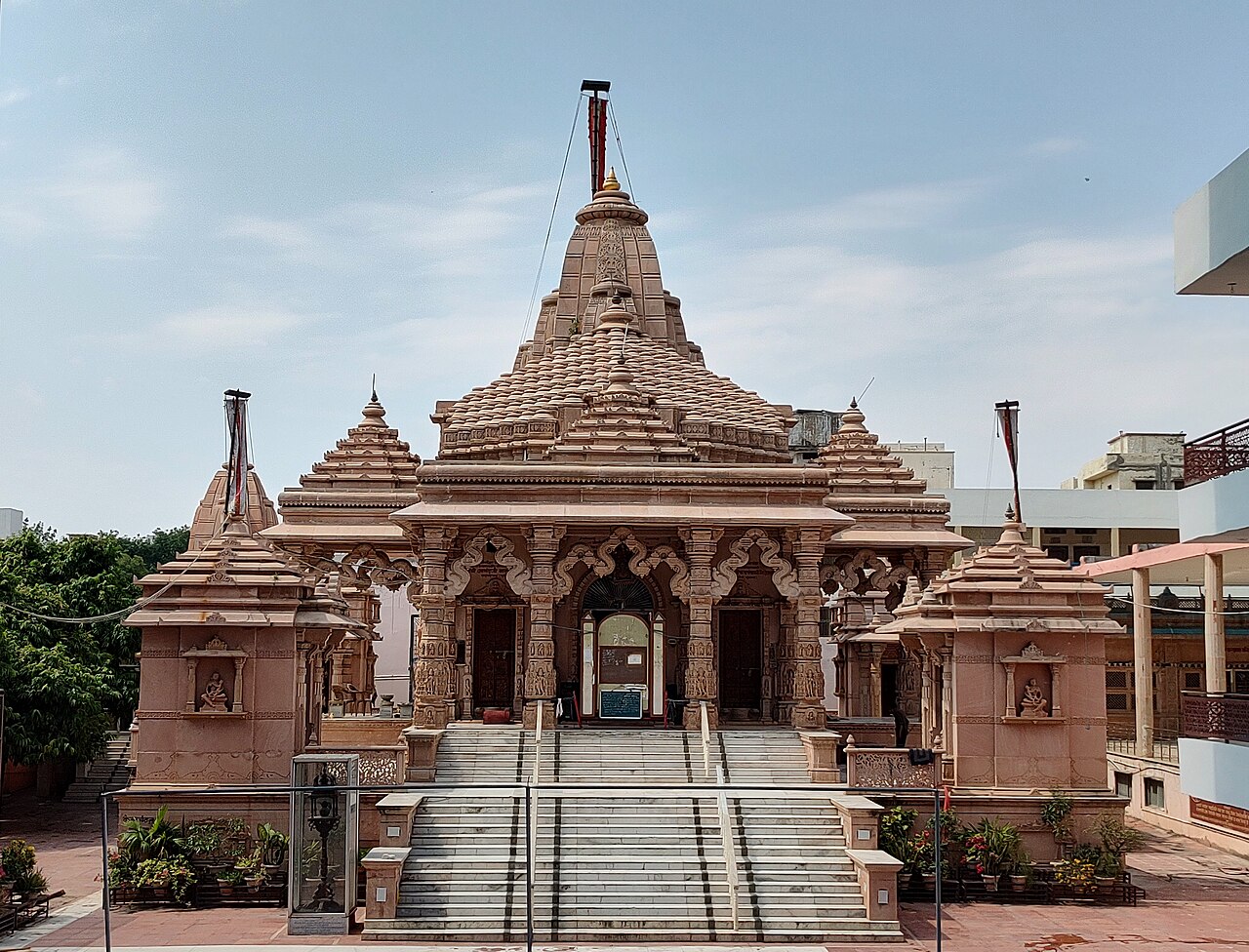
Steeped in history and spirituality, Varanasi, one of India's oldest cities, is a place where ancient beliefs come alive. Among the many activities that draw visitors, temple hopping is a must-do for those seeking a glimpse into the rich tapestry of Hindu mythology.
While countless temples once adorned the city, many have endured the passage of time. Even today, however, Varanasi boasts a multitude of magnificent structures that offer a window into the vibrant stories of Hinduism. Rather than attempting to visit them all, focus on a few renowned landmarks to appreciate their grandeur truly.
One such gem is the Kashi Vishwanath Temple, a structure believed to hold immense significance. Built-in the 18th century, its towering gold domes glitter in the sun, beckoning pilgrims and visitors alike.
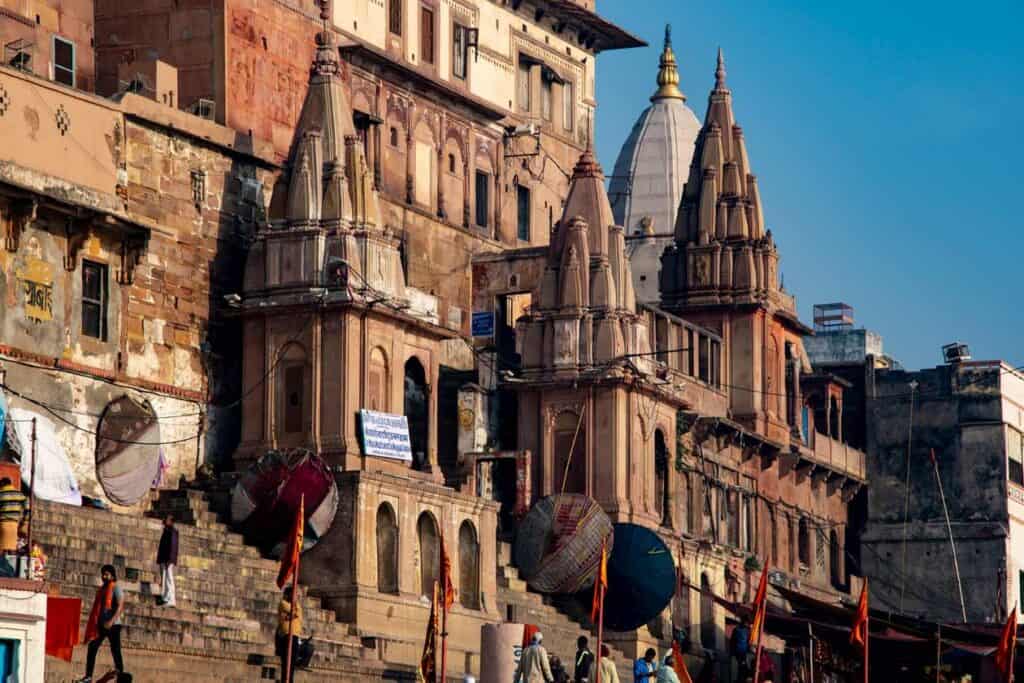
Beyond this iconic landmark, other renowned temples await exploration. The Durga Temple, the Annapurna Temple, and the Mritunjay Mahadev Temple each hold unique significance within Hindu lore. For those interested in the story of India's freedom struggle, the Bharat Mata Temple provides a fascinating perspective. Additionally, the Tulsi Manas, a site dedicated to the revered Hindu epic Ramayana, and the Kalbhairav Temple, associated with the fierce protector deity, offer further insights into the city's rich tapestry.
Exploring these select temples unlocks the fascinating world of Hindu mythology, allowing you to connect with the spiritual essence of Varanasi.
A River's Walk: Exploring Varanasi's Ghats
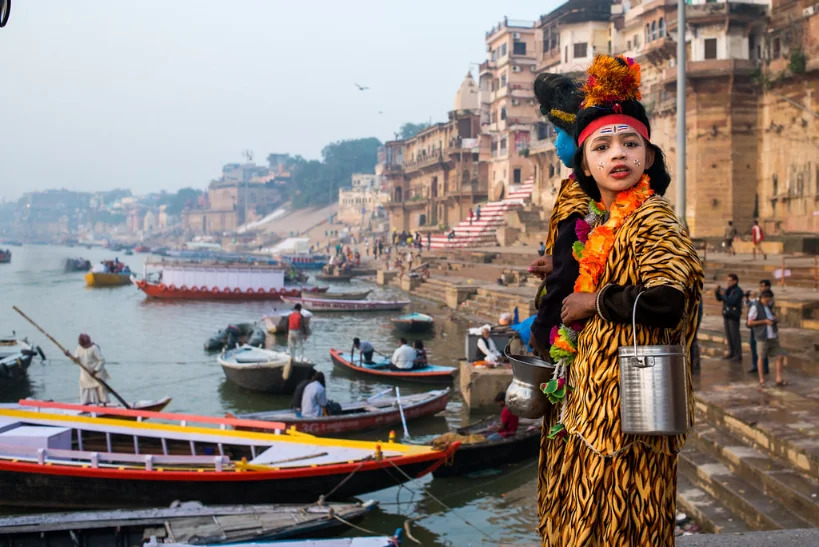
Beyond the allure of boat rides, strolling along the banks of the River Ganges offers an equally enriching experience in Varanasi. This leisurely activity provides a closer perspective on the vibrant life that unfolds along the river's edge.
Witnessing rituals and ceremonies from a vantage point on the ghats offers a unique opportunity to observe the intricacies of Hindu culture. The Dashashwamedh Ghat, renowned for its grand evening Aarti ceremony, is a must-visit.Other notable ghats include Anandaimai Ghat, Raj Ghat, Manikarnika Ghat, and Munshi Ghat, each with its own distinct character and significance.
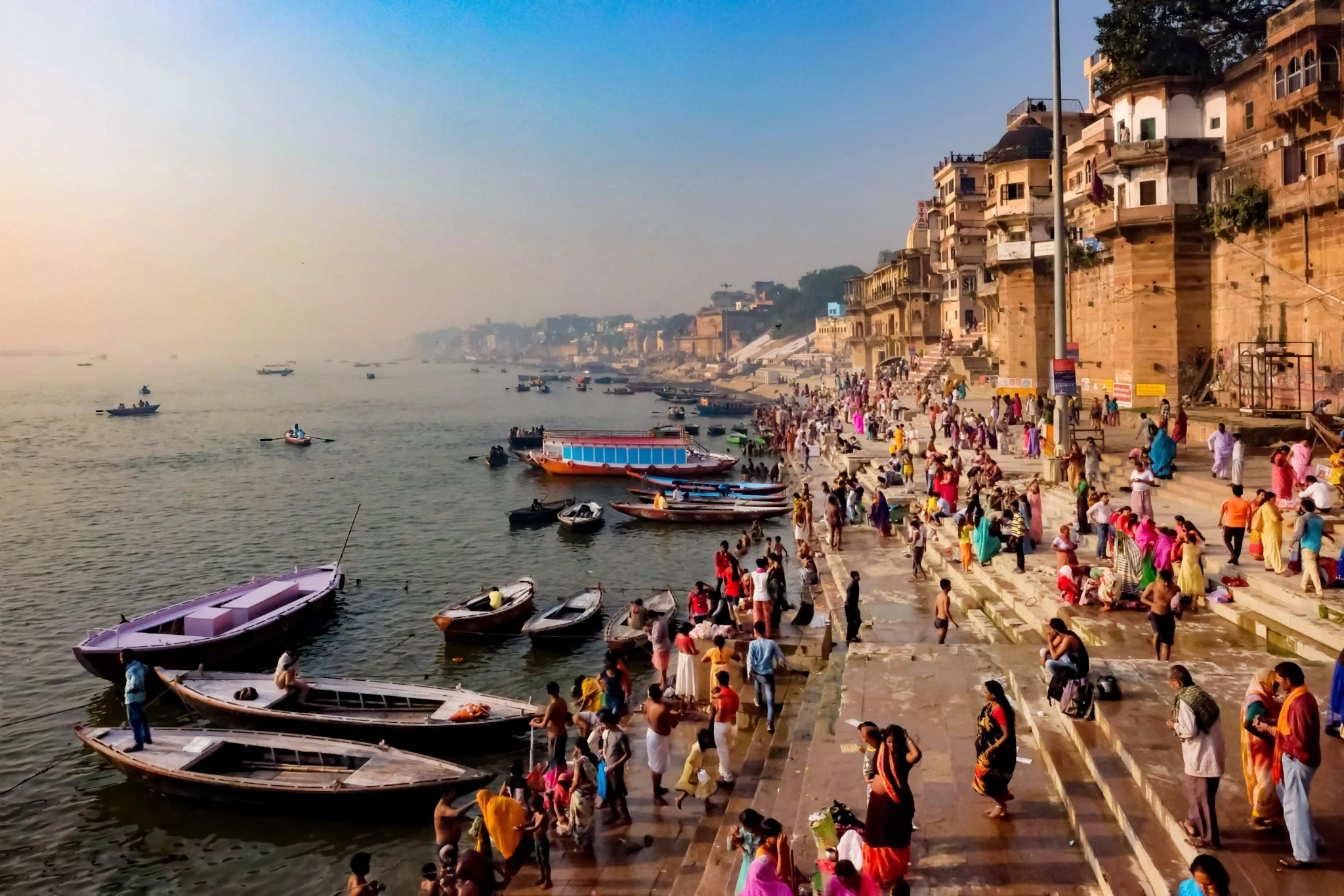
For those seeking a particular spiritual purpose, the Tulsi Ghat is believed to have healing properties for leprosy patients.
Whether seeking spiritual inspiration, cultural insights, or simply a moment of tranquillity, a leisurely walk along the Ganges banks offers a memorable and fulfilling experience.
A Symphony of Light and Sound: Witnessing the Varanasi Aarti
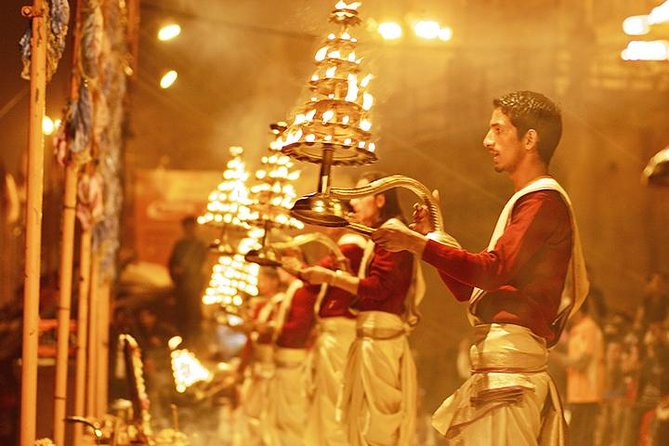
One of the most captivating experiences in Varanasi is attending the evening Aarti ceremony on the banks of the River Ganges. This mesmerizing ritual involves lighting countless oil lamps, some weighing over five kilograms, creating a dazzling spectacle that illuminates the surrounding area. The sheer brilliance of these lamps dispels the darkness, casting a magical glow over the river and ghats.
Devotees and visitors alike gather with fervour and devotion to witness this enchanting ceremony. The Dashashwamedh Ghat, a prime location for the Aarti, offers an immersive experience. The rhythmic chanting of mantras, the fragrant aroma of flowers, and the shimmering lights combine to create an atmosphere of spiritual reverence and tranquillity.
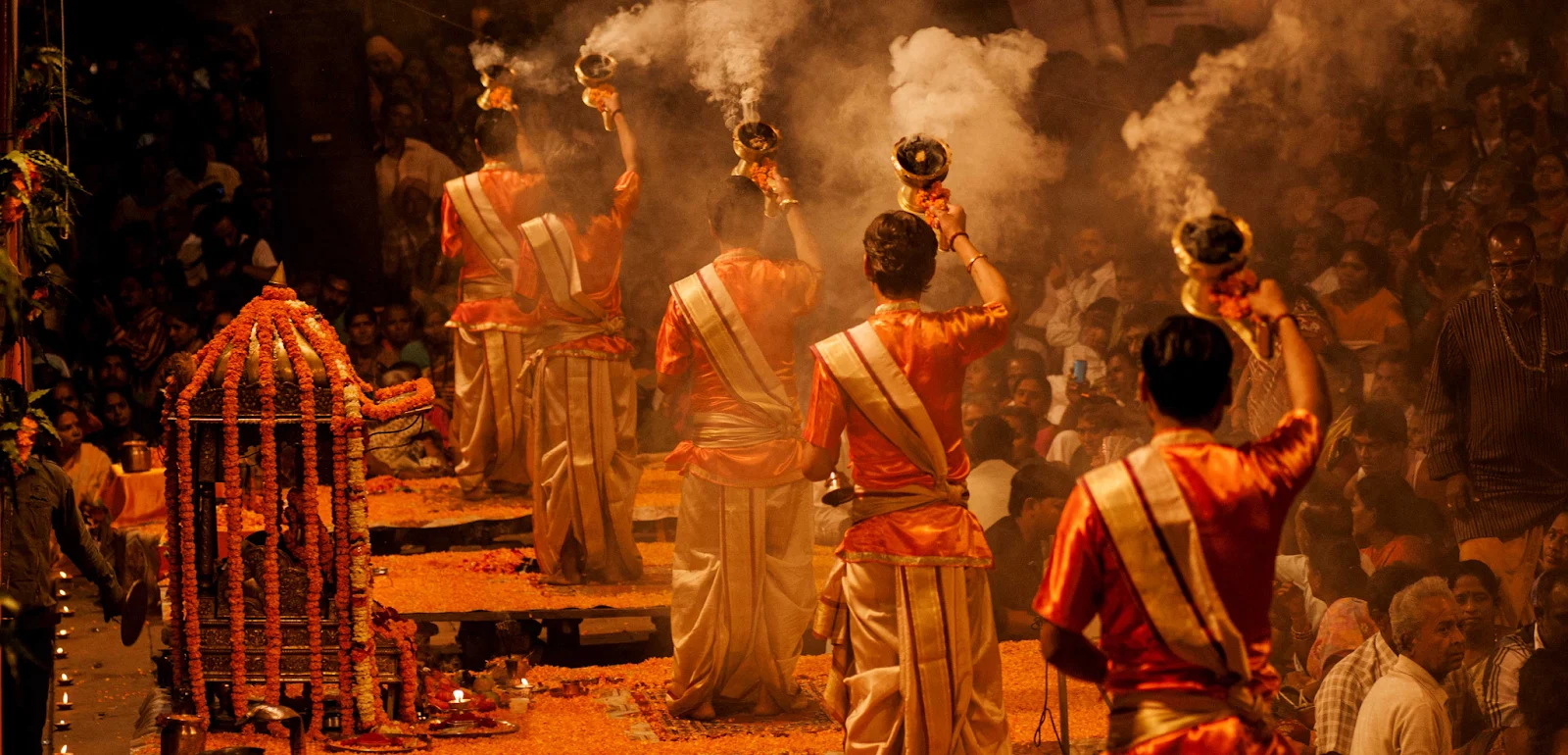
The Aarti ceremony typically begins around 6:45 PM and continues for approximately 45 minutes, providing a memorable and spiritually uplifting experience for all who attend.
Banarasi Silk Sarees: A Timeless Tradition

Banarasi silk sarees hold a cherished place in Indian tradition, having been worn by women for centuries. Originating from the Sarai Mohana Village in Varanasi, these exquisite sarees are renowned for their intricate designs and luxurious fabrics.
Weavers in Sarai Mohana skillfully craft Banarasi sarees using golden or silver threads adorned with intricate embroidery. These sarees are particularly favoured for wedding ceremonies and other special occasions in India.
By visiting the village, you can witness the art of weaving Banarasi sarees firsthand. Observe the weavers as they transform threads into beautiful fabrics and create intricate patterns. Crafting a single Banarasi saree can take anywhere from 15 to 16 days, highlighting the dedication and skill involved.

If you're captivated by the beauty of Banarasi sarees, you can also purchase one directly from the village, acquiring a genuinely authentic and meaningful piece of Indian heritage.
Sarnath: A Sacred Buddhist Pilgrimage
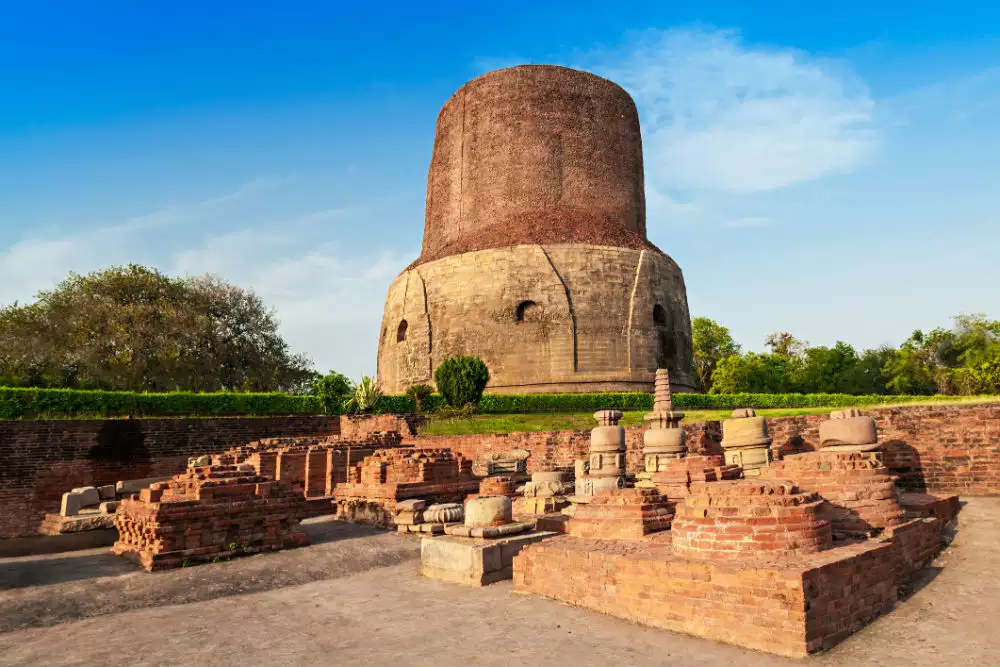
Located just a short distance from Varanasi, Sarnath is a place of immense historical and religious significance. It was here that the Buddha delivered his first sermon after attaining enlightenment, marking the beginning of Buddhism.
For Buddhists, Sarnath is a revered pilgrimage site. The Mulagandhkuti Vihara, where the Buddha spent monsoon seasons in meditation, is a particularly sacred spot. The area also boasts six temples, with the Tibetan Temple and Sri Lankan Temple being particularly well-known.
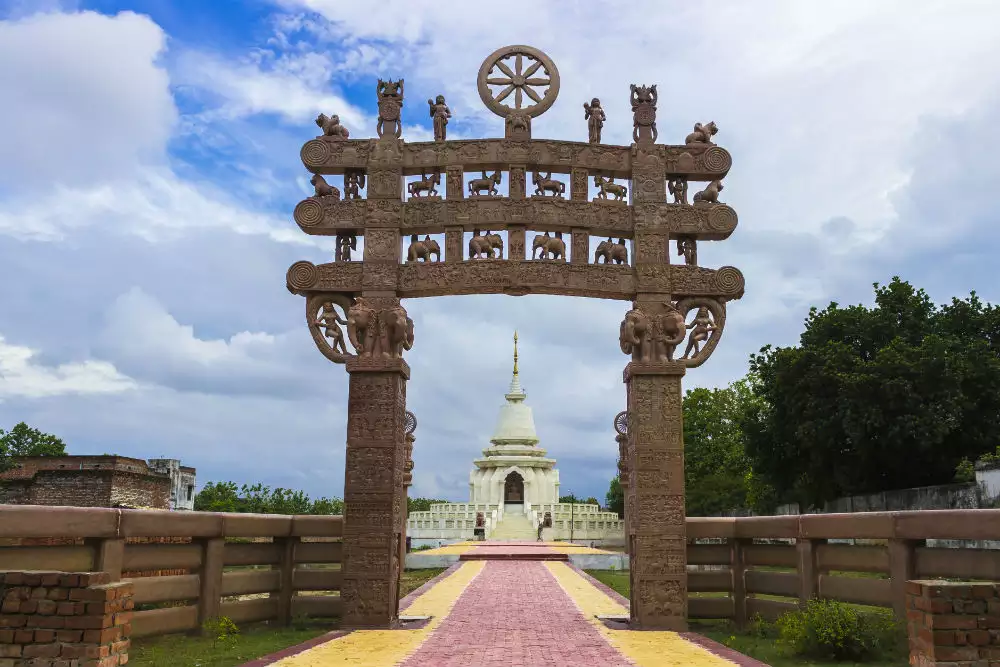
History buffs and art enthusiasts will appreciate the Sarnath Museum, which houses a collection of ancient sculptures and relics. The Chandra Prabha Sanctuary offers a peaceful retreat for families seeking a blend of nature and spirituality.
Whether you're a devout Buddhist, a history enthusiast, or simply seeking a tranquil escape, Sarnath offers a truly enriching experience.
A Culinary Journey: Varanasi's Diverse Food Scene
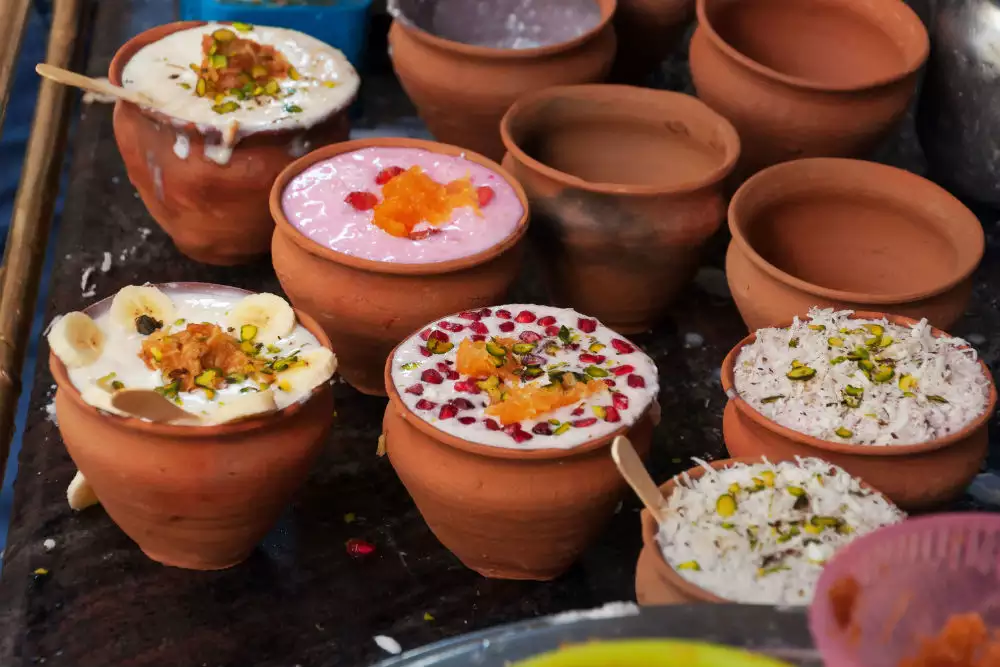
Varanasi offers a delightful culinary adventure, catering to a wide range of tastes. From international flavors like Chinese, Italian, and Continental cuisine to the regional specialties of South Indian cooking, there's something to satisfy every palate.
For those seeking vegetarian delights, the streets of Varanasi offer a treasure trove of options. Savory snacks such as tomato chat, aloo tikki, pani puri, and kachori are local favorites. And don't forget to indulge in the sweet delights of Jalebis, kalakand, and rabri.

Two iconic Varanasi specialities are Banarasi paan and Paapri-chaat. These unique treats offer a tantalizing blend of flavours and textures that are sure to leave a lasting impression.
Whether you're a seasoned foodie or simply seeking a taste of the local culture, Varanasi's diverse food scene will surely delight your taste buds.
Exploring Varanasi's Ancient Heritage
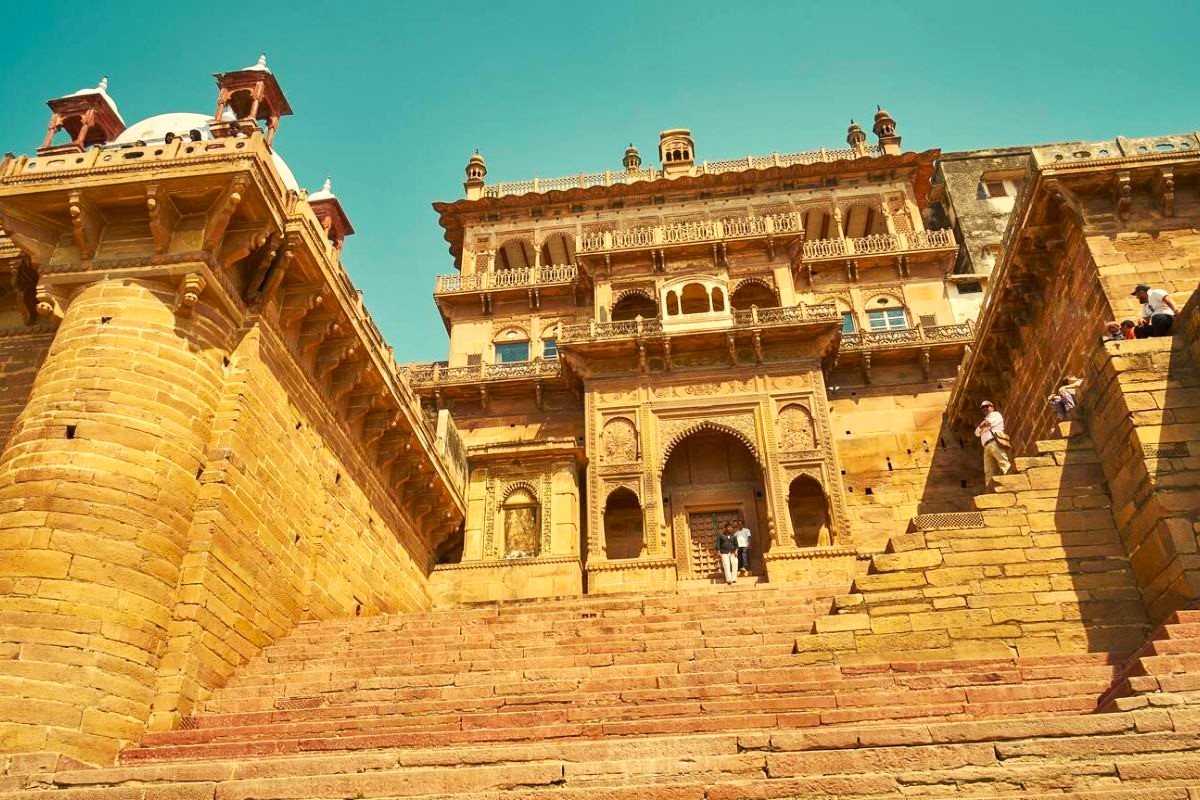
One of Varanasi's most captivating aspects is its rich history, which dates back over 5,000 years. Exploring the city's ancient landmarks offers a glimpse into its past and a deeper appreciation for its cultural heritage.
You'll find the Gyan Vapi Well near the Kashi Vishwanath Temple, once considered a well of wisdom. Although Emperor Aurangzeb damaged it in the 17th century, its ruins still hold historical significance.
Another must-visit is Banaras Hindu University, India's oldest university. The university's Bharat Kala Bhavan Museum houses a remarkable collection of paintings dating back to the 11th century and earlier. With over 12,000 paintings on display, it's a haven for art enthusiasts.
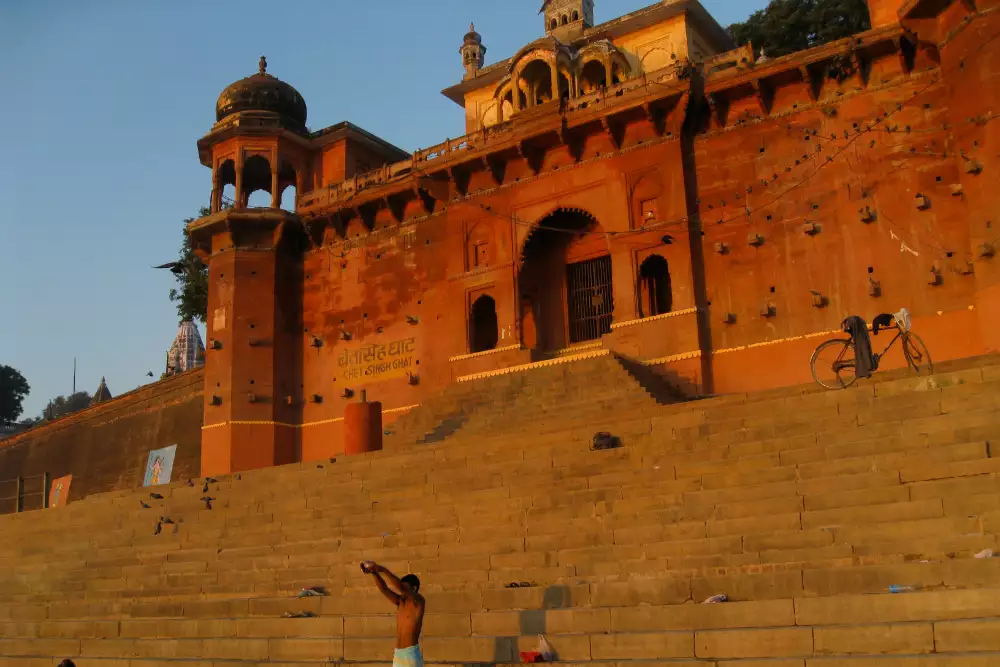
For a taste of 17th-century architecture, Ramnagar, located near Assi Ghat, is a fascinating destination. Once a royal palace, it now stands as a historic ruin, often used as a film shooting location.
Explore the bustling shopping areas around the temples to immerse yourself in the vibrant local culture. You'll find many exquisite products, including silk sarees, carpets, shawls, bangles, and ornate jewellery.
By delving into Varanasi's ancient heritage, you'll gain a deeper understanding of the city's captivating past and the enduring traditions that have shaped its identity.
3 responses to “Varanasi A Spiritual Journey Top Things to Do”